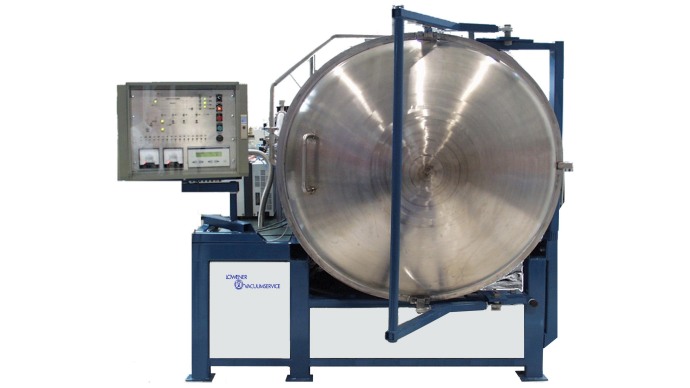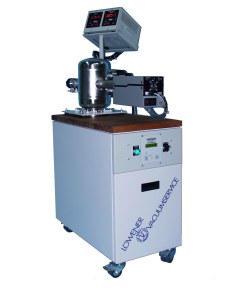
The Thermo Scientific (ARL) 4460 optical emission spectrometer is the solution for ultimate analytical performance in varying laboratory conditions or in hostile environments. I wrote parts of the User's Manual for this instrument.
I was employed as a Senior Technical Writer at Applied Research Laboratories (A Division of Bausch & Lomb) from 2/80 to 6/81 . Duties included documentation of Optical Emission Quantometers, X-Ray Fluorescence Quantometers, Ion Microprobe Mass Analyzers, Inductively Coupled Plasma Spectrometers, Scanning Electron Microprobe Quantometers, and Quantotest Metal Analyzers. Responsible for all software specifications and manuals conforming to FIDS specifications for ARL, ARL-DIANO, and ARL-SEMCO computerized spectroscopy systems.
I was responsible for researching, documenting, and developing detailed operator procedures, maintenance procedures, troubleshooting procedures, fault isolation procedures, and operation checklists for all technical documentation. Source material was derived from engineering drawings, specifications, and electrical schematics. I taught training courses at U.S. Steel in Lorraine, Ohio on the use and operation of the Quantotest 36000 Metal Analyzer.

The ARL 36000 Quantotest Metal Analyzer was revolutionary in its time... a non-destructive spectrographic analyzer that was portable enough to wheel around a scrap yard.

This is the Functional Block Diagram from the Operator's Manual of the ARL 36000 Quantotest. A dedicated team of professionals was assembled by Ray Little (Manager of Publications) to produce these beautiful manuals for ARL. The detailed block diagrams, fault isolation charts, and troubleshooting procedures were all produced by hand, using pen and ink, and made camera-ready. FIDS manuals were as expensive as they were comprehensive in the early 1980's, before the advent of desktop publishing.

















 Gas Chromatograph (Mass Spectrometer) (GC/MS) (PE-Clarus 500)
Gas Chromatograph (Mass Spectrometer) (GC/MS) (PE-Clarus 500) Inductively Coupled Plasma Optical Emission Spectrometer (ICP-OES) (PE-Optima 2100)
Inductively Coupled Plasma Optical Emission Spectrometer (ICP-OES) (PE-Optima 2100) The Chemical Analysis laboratory undertakes physical and chemical analysis and tests for most of the environmental samples. The laboratory is also used as a tool for research in several fields, in addition to its role in assisting consultations training technical services.
The Chemical Analysis laboratory undertakes physical and chemical analysis and tests for most of the environmental samples. The laboratory is also used as a tool for research in several fields, in addition to its role in assisting consultations training technical services. We produce helium leak testing systems for testing aluminum castings, SF6-gas circuit breakers, AC-components, fuel rails and many other products.
We produce helium leak testing systems for testing aluminum castings, SF6-gas circuit breakers, AC-components, fuel rails and many other products.






